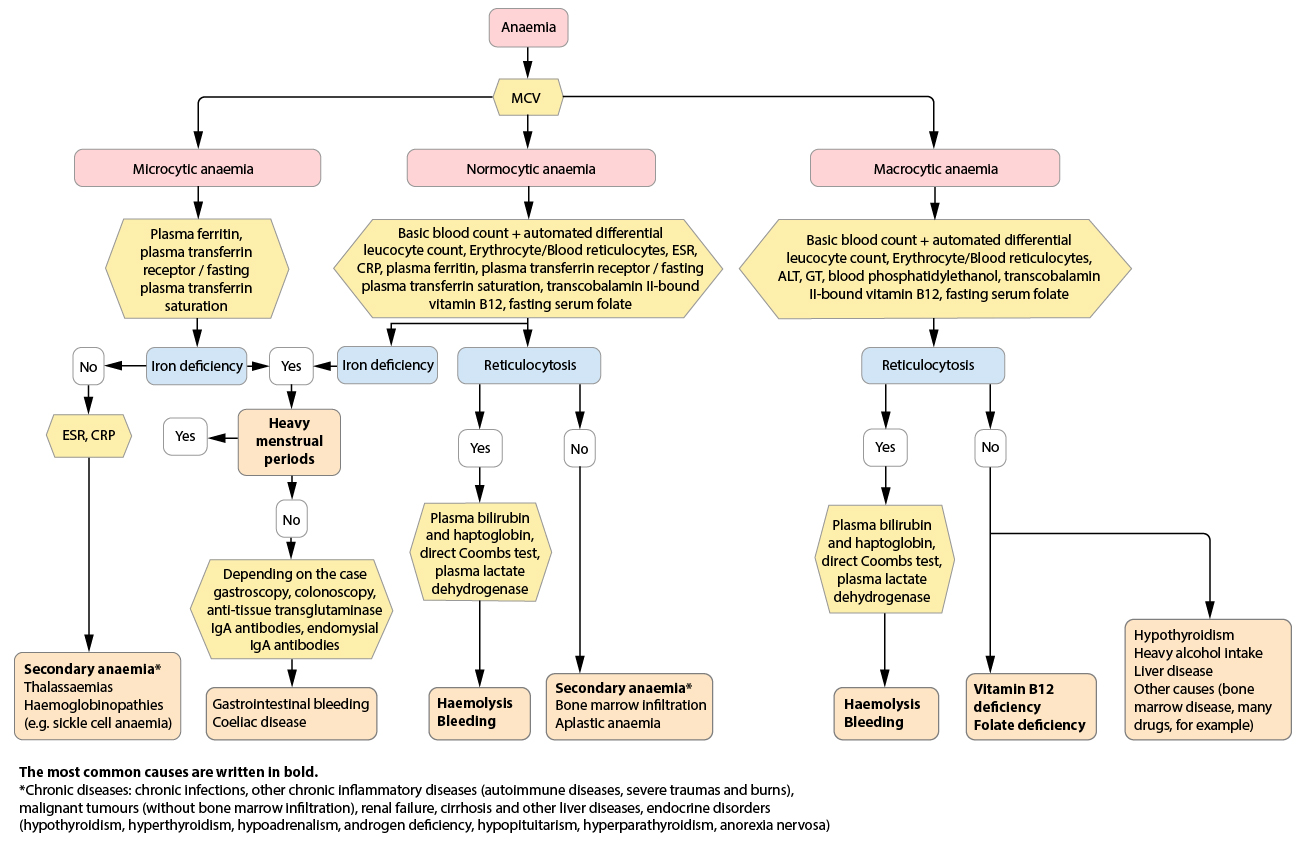Primary/Secondary Keywords
- anaemia
- microcytic anaemia
- macrocytic anaemia
- normocytic anaemia
- iron deficiency
- reticulocytosis
- secondary anaemia
- vitamin B12 deficiency
- folate deficiency
- haemolysis
- heavy menstrual periods
- D50
- D51
- D52
- D53
- D55
- D56
- D57
- D58
- D59
- D60
- D61
- D62
- D64
- D64.9
